By Bhamy V. Shenoy
All over the world, the 5th of June is celebrated as World Environment Day (WED) as designated by the UN since 1974. This year’s theme is “Beat Air Pollution” while the theme of the last year was “Beat Plastic Pollution.” Celebration of WED gives an opportunity to create a powerful platform to highlight the need to preserve and enhance environment by involving individuals, corporations and communities.
Just three air pollution facts given by the UN should shock us into action. 92% of people worldwide are unable to breathe clean air. Air pollution costs the global economy 5 trillion dollars every year in welfare costs. Ground level ozone pollution is expected to reduce staple crop yields by 26% by 2030.
While we should think globally, we should act locally. But do we? How many of us are agitated about the climate change (air pollution is just one component)? In Mysuru, we have already started to feel the first signs of climate change.
Lingambudhi Lake has gone dry this season. Kukkarahalli Lake is on its death bed. Chamundi Hill is vandalised in the name of “development.” Parks in Mysuru are in poor state. Trees are felled without giving much thought. It looks as though we take greater pleasure in felling trees than planting them.
With ever-increasing number of vehicles on Mysuru roads, air pollution is increasing every day. While we have not yet reached the danger levels of cities like Bengaluru, it will come sooner than we think. Unfortunately, our Mysuru Master Plan did not find it necessary to deal with this impending disaster.
Even in this scene of darkening clouds affecting the environment, we have some positive development. City’s five schools have taken up Environmental School Warden Project to keep Mysuru green and clean. Unlike previous years, city’s environmentalists are getting ready to celebrate WED not just on one day but throughout the planting season involving all Mysureans.
In early part of May under the leadership of former MLC D. Madegowda and President of Vidyavardhaka Sangha Gundappa Gowda, several meetings have been held to mobilise activists, industries, Corporators, Labour Unions, educational institutions and individuals to plant saplings on a massive number (at least 7,000) in Hebbal area. Vision is to make Hebbal area consisting of seven Wards as the greenest in Mysuru.
Unlike previous years, the Deputy Commissioner, Abhiram G. Shankar, has been coordinating efforts well before June 5 to involve city’s leading environmentalists, several Government institutions, NGOs and educational institutions to take the challenge of planting and protecting trees. During previous WEDs, planting was often a photo-op. This year more emphasis is given to protect the trees once planted.
Urban Forest
One new idea suggested by Ashvini Ranjan is to implement urban forest in some selected MCC Parks. Concept of planting urban forest is far more efficient than planting the same number of individual trees to protect the environment. There are many competing ideas to choose from. Often mentioned Miyawaki developed in Japan and is being popularised by Afforestt and some NGOs in India is one such technique. Technique developed by Infosys to develop urban forestry in their Nethra Campus near Mangaluru appears to be far simpler and suitable for Mysuru’s conditions and is being considered by different stakeholders.
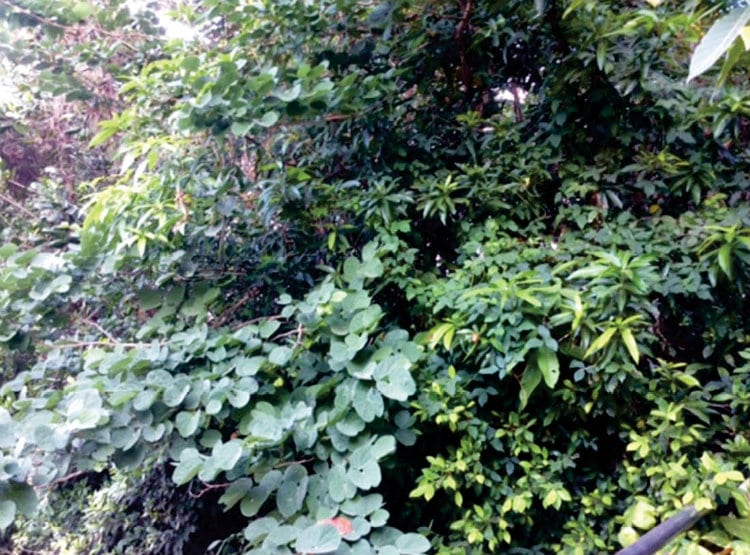
There are a few environmental activists who are supporting tree planting in their individual capacity. This became obvious during a meeting held on May 27 at Forest Department to get suggestions from the public to celebrate Vanamahotsva.
To give some examples, Jayadurga Siddharthan has supplied saplings to plant at Hebbal Lake, C. Krishna has a nursery in his factory premises while Srikant Raje Urs has been active in promoting exotic flower plants in Mysuru giving free saplings. K.S. Venkatesh, an active environmentalist, has also been knocking at the doors of institutions (Police Academy, Railways, Colleges, Schools, owners of vacant land etc.) to get ready to plant saplings by digging pits.
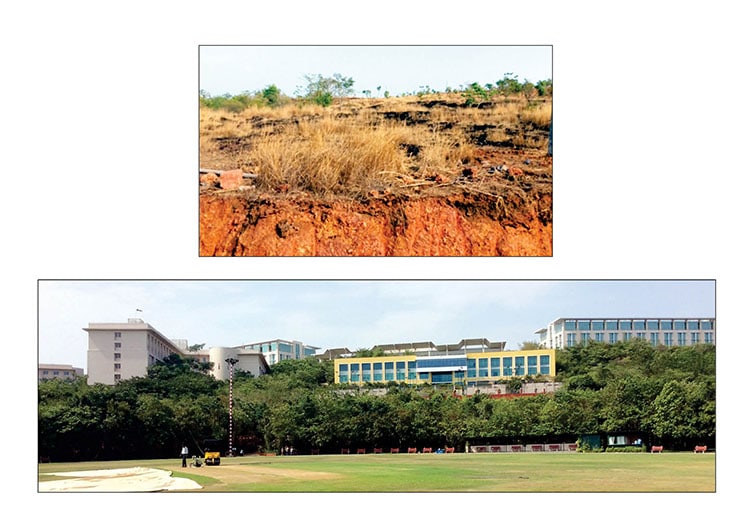
While the above sounds encouraging, we need much more involvement from Mysureans. Every Mysurean needs to feel that it is his or her responsibility to green Mysuru. Unless we have such a societal commitment, it is impossible to plant lakhs of trees to green the city.
One critical requirement for this to happen is to involve every educational institution of the city by urging ‘all teachers’ to spend some time telling the students on the importance of trees in fighting pollution. Trees improve water supply and promote population of birds, bees and other animals to maintain ecological balance. By one estimate, value of a well- grown tree can be as high as rupees six to seven crores and an average tree may be worth about Rs. 50 lakh. Is it easy to justify felling a tree when it is worth so much?
While we get ready to celebrate World Environment Day, it is important that Mysureans recognise some activists who have taken extraordinary interest to preserve the environment of the city. Also, every Mysurean should resolve to protect and plant trees inspired by the selfless service of outstanding activists.



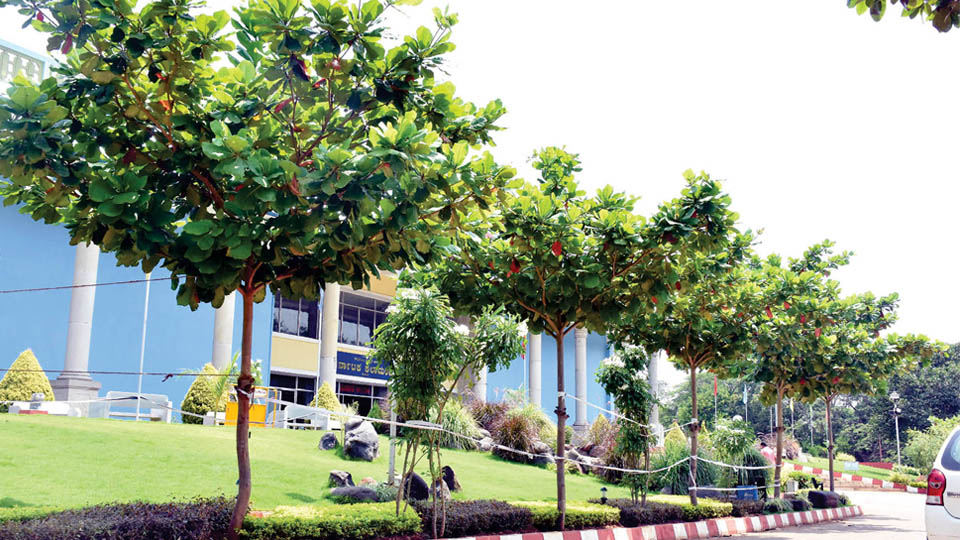
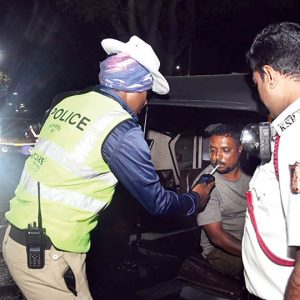
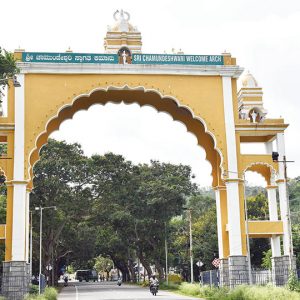

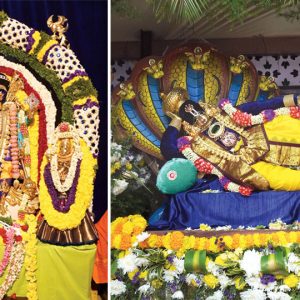
Bhamy is skirting around the real environment pollutants: the myriad automobiles whose exhausts really choke the city. In India, a car is a status symbol and a pedestrian is a pest! Control the numbers of two, three and four wheelers, bring back the disappearing footpath, bicycle culture and walking as not only an exercise but also a contributor to the healthy environment.
Since , he mentions the world, in the rest of the world, except in Americas where the car culture is at its nonsensical zenith, cars attract congestion charge, people are encourage to use public transport which are expanding, and many take to bicycles as special lanes for them are created. Mere prattling about trees and forests when the population is galloping fast, needing more and more space for housing, sounds nonsensical. Population control is very essential, as in the end a overcrowded India chokes itself to oblivion.